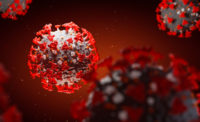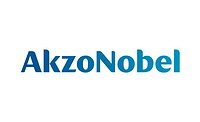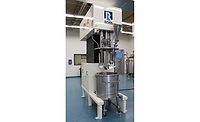COVID-19 Response: Improved Antiviral Surfaces and Smart Disinfectants

CAMBRIDGE, MA — Adaptive Surface Technologies (AST) is working on how it can contribute to the resolution of the COVID-19 crisis through the creation of functional materials. From its expertise in marine biofilm repellency, the company understands that viral mitigation is complex and requires a biocidal approach to ensure efficacy. AST believes it can create an improved antiviral surface that interacts with disinfectant solutions to improve biocidal activity – effectively reducing COVID-19 staying on commonly touched surfaces such as door handles and handrails. AST has already seen inbound interest in possible solutions from mass transportation businesses.
Improved Antiviral Surfaces
One of AST’s core competencies is developing coatings with specific heterogeneous surface chemistries. To create an improved antiviral surface, the company will use surface chemistries that loosely bind to existing antiviral disinfectant solutions. By engineering the surface in this way, AST can absorb some of the biocidal actives and extend the duration of contact between the virus on the surface and actives within the solution. It is also possible that some of these actives would remain trapped in the coating for some time after application of the disinfecting solution thus conferring longer term activity. Recent studies have indicated that COVID-19 may stay on surfaces for up to three days (or longer)1 and contact with a disinfectant solution needs to be 30 seconds to 10 minutes to be effective.2 As a consequence, it is important to bind COVID-19 to disinfectants for much longer than the average “wipe” to create an antiviral surface. The company believes its surface chemistries can do that.
This concept has already been tested in early stage with respect to a system for improving the function of aviation de-icing coatings potentially for the U.S. Air Force and other customers. Re-engineering of the coating system for antiviral efficacy would clearly have to be done, but AST intends to begin benchmarking and development with commercially available antiviral sprays.
Smart Disinfectant
In order to create AST’s biofouling repellent marine coating, AST had to develop multifunctional oils with tunable interaction to moisture. These oils may have an interesting property when integrated into cleaning solutions. Since these oils can interact with both hydrophilic and hydrophobic segments of proteins, AST would expect an improved wetting interaction between these oils and a virus. By integrating these oils into a disinfectant solution, formulators would expect a better delivery of antiviral agents to individual viruses driven by improved wetting and self- assembly. It is also possible these additives can change the drying dynamics of the disinfectant, which could play a vital role in modulating antiviral activity.
Combination Effects
It is possible that developing the improved antiviral surface alone will contribute to viral mitigation, but AST anticipates that re-engineering disinfecting solutions should also be considered as a stand-alone solution. Additionally, if the company utilizes a smart disinfectant formulated with these additives, on an improved antiviral surface it engineers to receive them, AST may see even greater synergistic effects.
1 https://www.medrxiv.org/content/10.1101/2020.03.09.20033217v1.full.pdf
Looking for a reprint of this article?
From high-res PDFs to custom plaques, order your copy today!






